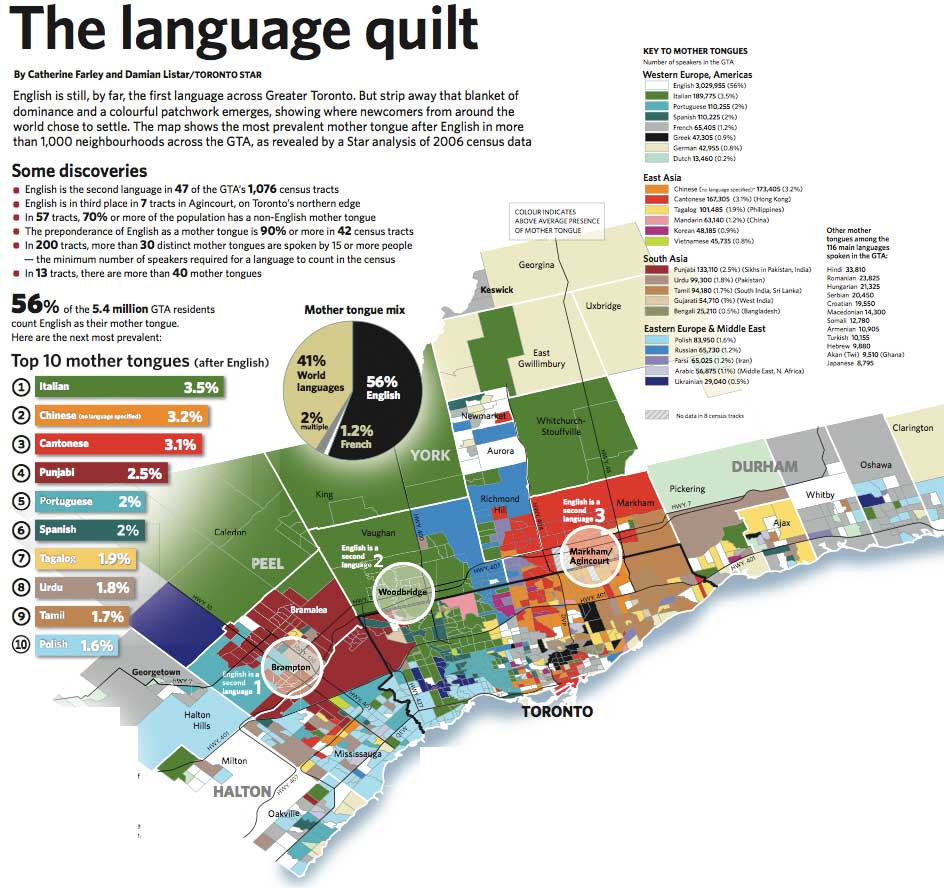I am doing some work looking at broadband maps and atlases. I started off with a trip to the Carleton Map library, I followed some very knowledgeable map librarians around and picked up a huge roll of paper maps to begin exploring this new subject. I discovered an excellent little folding paper map on Digital Inclusion. As I was looking at its sources I discovered that this map was part of a broader and very exciting online Atlas project that includes numerous map themes on social justice, environment, health, etc.
I like these maps because they are aesthetically pleasing, are accompanied by a table of content explaining the themes and indicators represented, and with data sources (aka metadata) that are made obvious and easy to understand. Each map w/its associated information is an overview of an issue. There are membership requirements to access additional data related to the maps. 

Finally, this company has an interesting business model. The publication of the paper map was sponsored by Alcatel and is a superb information marketing tool at conferences, the UN, WDB, ADB, OECD etc. It is also excellent swag. Maplecroft is also
a successful specialist research and advisory company focused on the non-financial performance of large multinationals. It has a strong corporate client base and research partnerships with leading international organisations, such as those within the auspices of the United Nations, the World Economic Forum and prominent independent non-governmental organisations.
Maplecroft has developed particular expertise in strategy, management systems, indicators, cross sector partnership building, stakeholder engagement, audit, and risk management. It has a specific interest in cross sector engagement.
Primarily a commercial organisation, Maplecroft has formed and facilitated several strong multi-lateral partnerships with business, lobby groups and aid organisations for mutual benefit. It fundamentally operates as a social enterprise, whereby non-profit partner organisations gain from commercial engagements it may form. Maplecroft undertakes a great deal of pro-bono work, and seeks opportunities to contribute to the initiatives with which it becomes involved.
The cost of producing the high quality maps and associated information seen here is in the hundreds of thousands of dollars, the technology is the easy part, it is the cost of the minds and data associated with knowledge production and the maintenance of a reliable and trustworthy product that is really high. Few organizations beyond government can take on this sort of project on. It is most certainly an interesting and ethically driven business model.


Comments on Posts